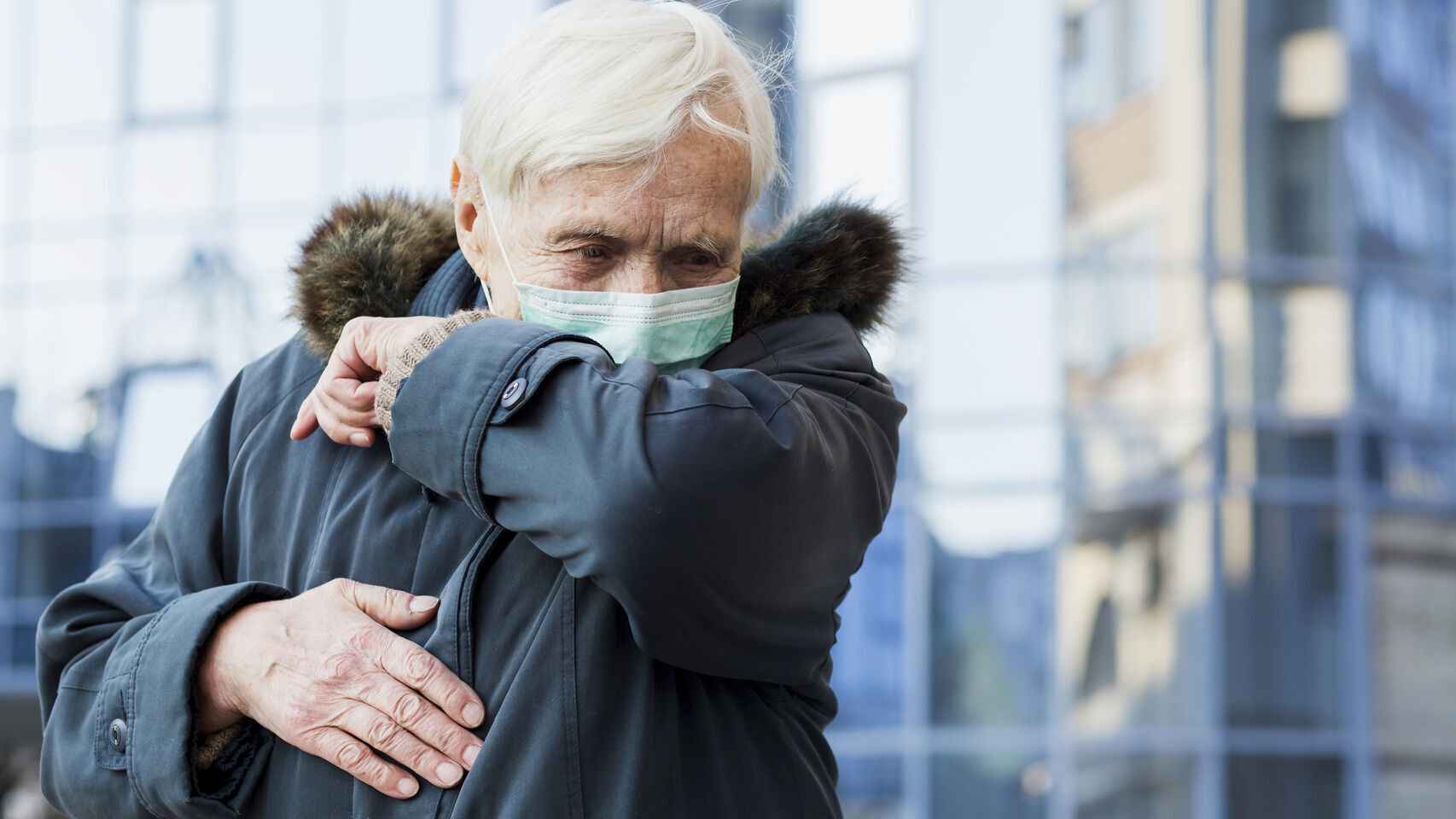The respiratory viruses have been receding for a month and a half, but in the process, they’ve left their mark: Symptoms that linger for a week, two weeks or even longer. It’s more than just an annoying cough and runny nose. Some people may experience headaches, throat inflammation, fatigue or poor health. This makes them wonder if they have a “normal” flu infection.
According to the latest data collected by the Carlos III Health Institute, the rate of acute respiratory infections detected in primary care is 568.9 cases per 100,000 inhabitants, slightly higher than more than half the rate in the last weeks of December and early January, when cases peaked. The number of infections has been reached.
The ratio has fluctuated in recent weeks but has not strayed too far from that number. Cases of colds, flu and colds are still frequent – the respiratory virus season doesn’t end until the end of March – but they no longer cause health centers to collapse or hospital emergencies.
(Why flu symptoms last so long and 7 other key questions about the virus that’s devastating Spain)
Looking at age groups, children under one year old are most affected, with 3,087 cases per 100,000 people, followed by children aged 1 to 4 with 2,173 cases. Influenza syndrome rates have been declining since the second week of JanuaryBronchiolitis has been like this since the end of December last year.
Even four years since SARS-CoV-2 emerged, it seems clear that Covid, which does not understand seasonality, has been declining since the beginning of this year.
Although incidence rates have declined, it is still common for people to cough, sneeze or look sick in certain settings (public transport, offices, shared spaces).
(Spain defeats RSV in first autumn of widespread immunization against bronchiolitis)
“I’ve had a cold for 15 days that hasn’t gone away,” explains Eva, a woman in her mid-40s who has no health problems except an infection that won’t go away. Like her, many others seem to find their symptoms last longer than expected.
‘After several years of pandemic, our infection rates are returning to normal,’ says pediatrician Pedro Vianho. “There is news that Cases of respiratory mycoplasma infections may increase, but nothing special. “
Influenza, new coronavirus, seasonal coronavirus, mycoplasma, rhinovirus, etc. There are many different microorganisms that can cause respiratory infections, and their symptoms are very similar.
two different patterns
Louis BuzonThe director of the Department of Internal Medicine at the University Hospital of Burgos and an infectious disease expert explained that these viruses have two modes.
On the one hand, the typical cold “begins with a stuffy, runny nose, followed by general malaise, shivering, headache, cough over the next few days… It usually corresponds to the presence of rhinoviruses, although other viruses may cause rhinoviruses as well. .”it. “
On the other hand, the pattern is most similar to that of the flu, with “sudden onset of general malaise with muscle and joint pain, severe cough, malaise, headache… This is common influenza, but it can also occur with COVID-19, parainfluenza, and adenovirus… It is not possible to identify (the responsible microorganism) without supplementary testing, although these are usually not necessary. “
(Respiratory infections suffered in childhood increase adult mortality, large study suggests)
Buzón noted that the duration of symptoms depends on the interaction of host and pathogen. The normal course of catarrh usually lasts about five to seven days, but it can last longer.
However, the type of virus does not have as big an impact as a person’s susceptibility. “Interactions with humans are entirely genetic,” with a large number of influencing variables.
So, “some people claim to have never had a cold in their lives, while others, like me, get two or three colds a year.”
perpetual cough
Pedro Viano points out that one possible cause of these long-term colds is the cascading of two or more viruses.
“We explained a lot to parents that during a time of high spread of the virus, Can link multiple, but not shrink at the same time“.
for example. “Typically, you have a fever for the first few days, then it goes away, the child gets better, then gets worse. That’s an indicator of chain infection.”
(Vicks Vaporub Secrets: Here’s How to Make the Controversial ‘Magic Ointment’ of Your Childhood)
There are also symptoms that persist over time, with cough being the main symptom. “After an upper respiratory system infection, the pharynx, larynx, and even respiratory tract may remain irritated and inflamed for days or weeks.”
Viano clarified, “This is not an active infection, because there are no longer any microorganisms, but rather a residue, not the infection itself.”
To combat it, nothing is better than patience. “The use of antibiotics and anti-cold preparations has not been proven to be effective in the vast majority of cases and is unjustified.prohibited for children under two years old.”
However, Viano claimed there was no difference in the duration of symptoms among the patients he saw in his office. “There are more strains, and other years they are benign, but this year is nothing special.”

